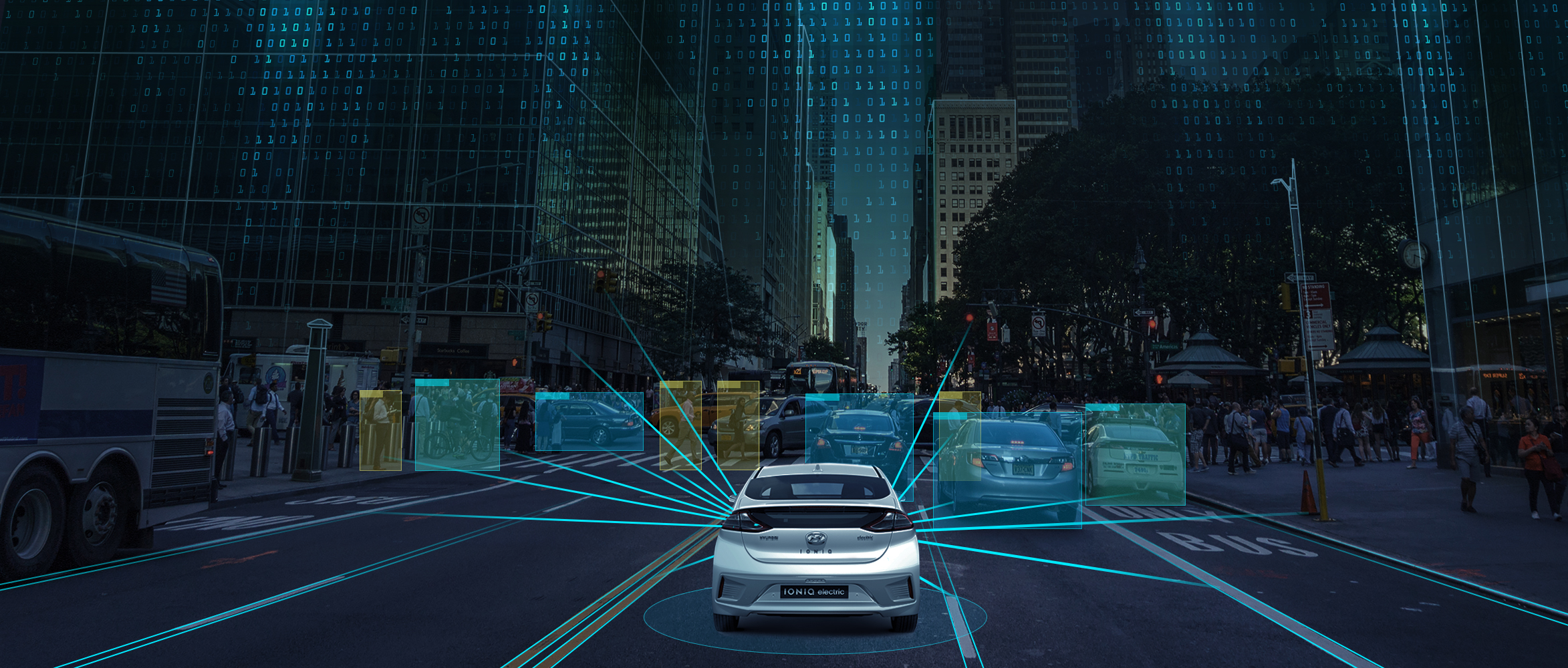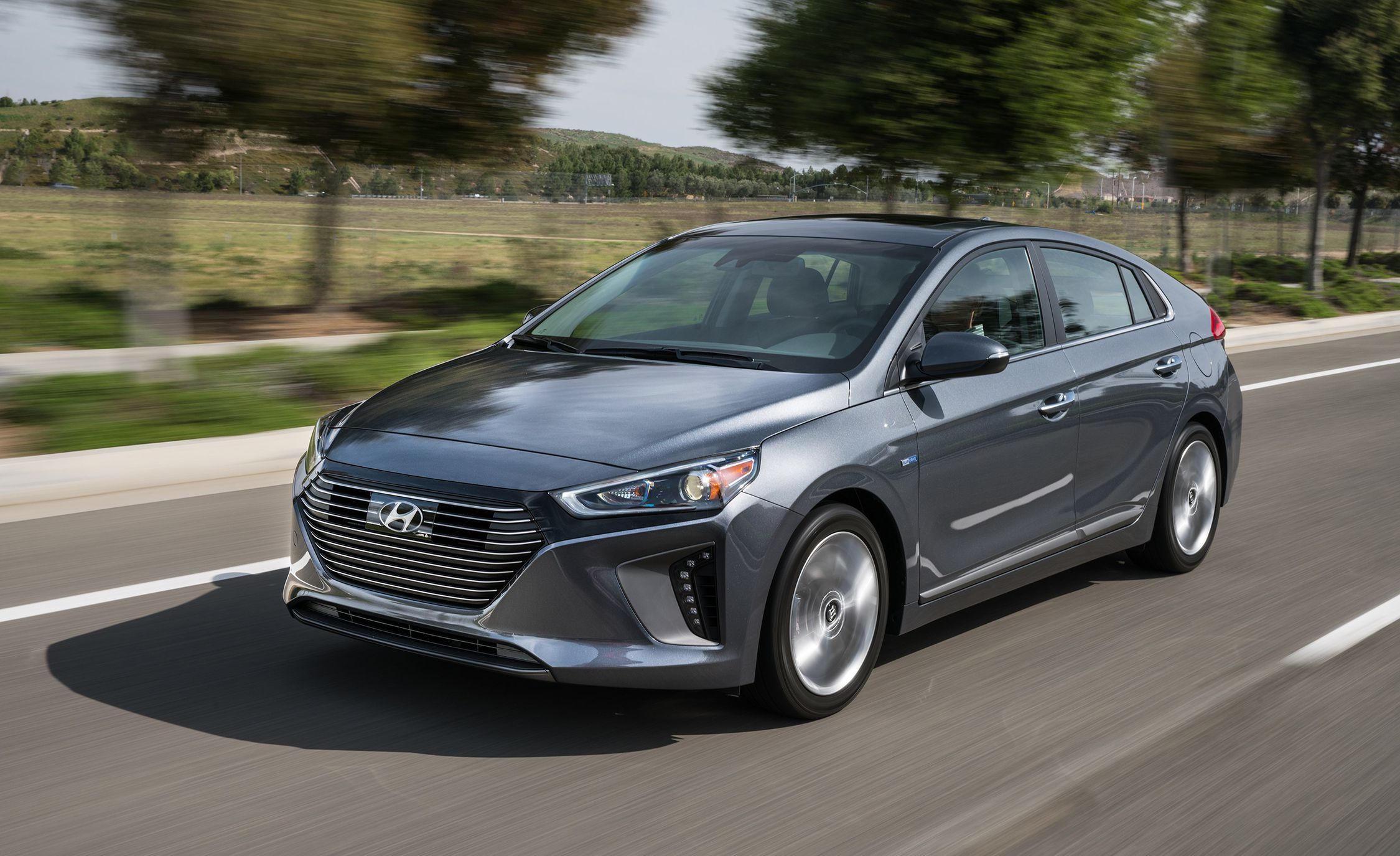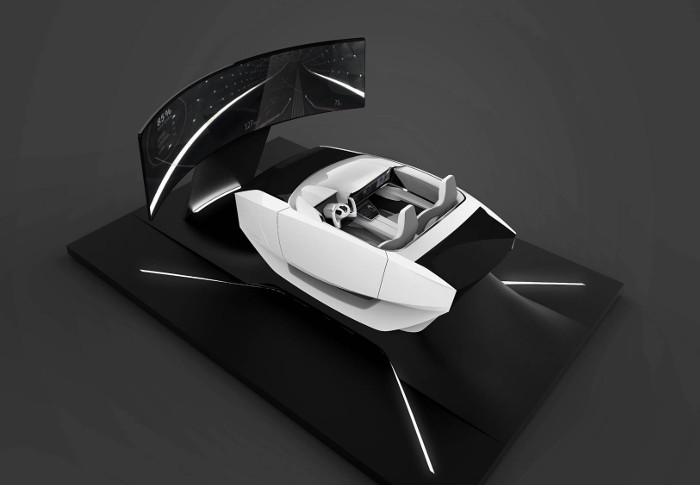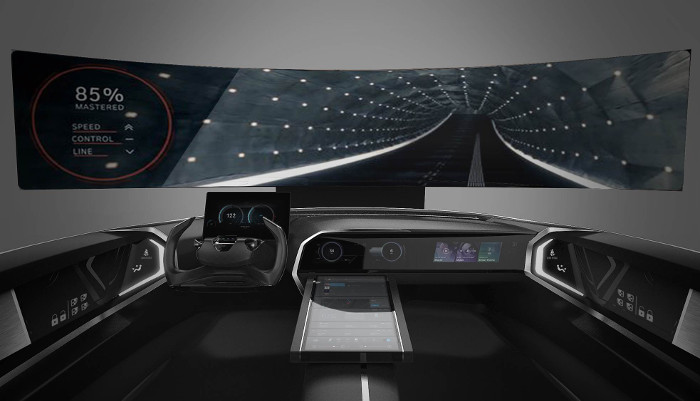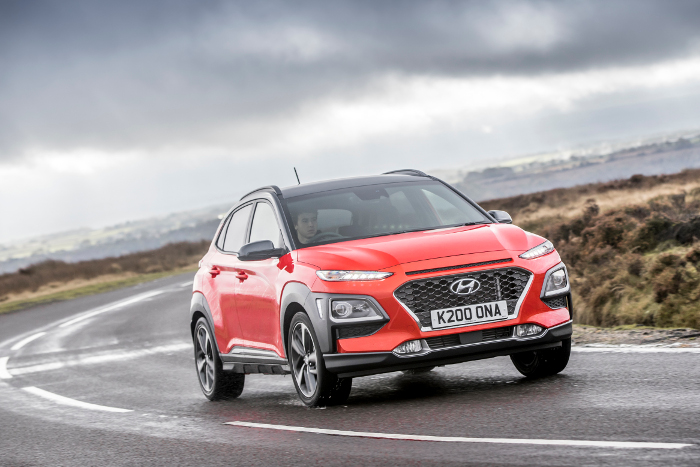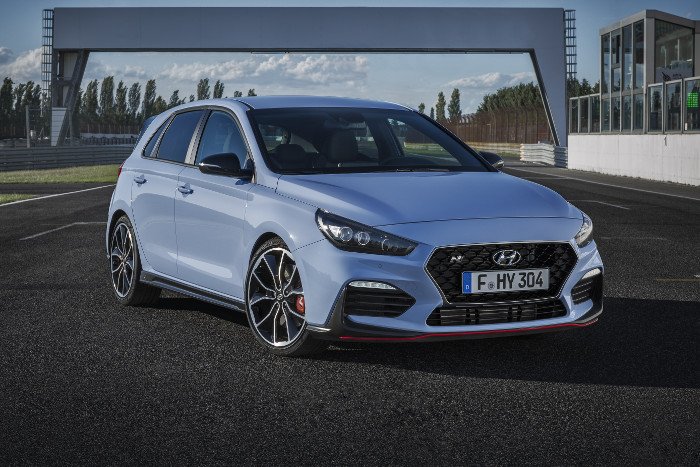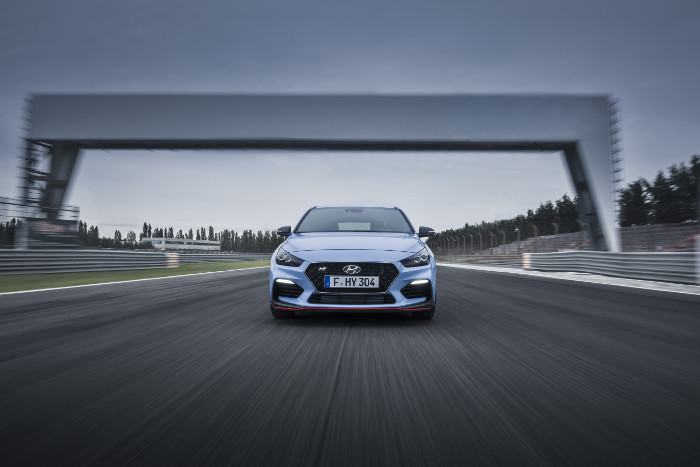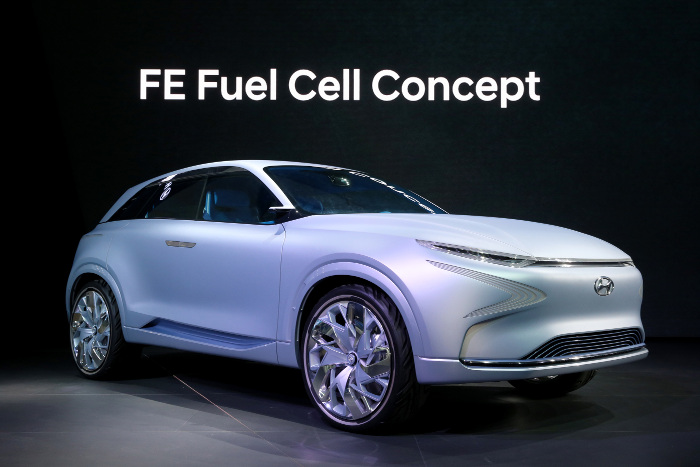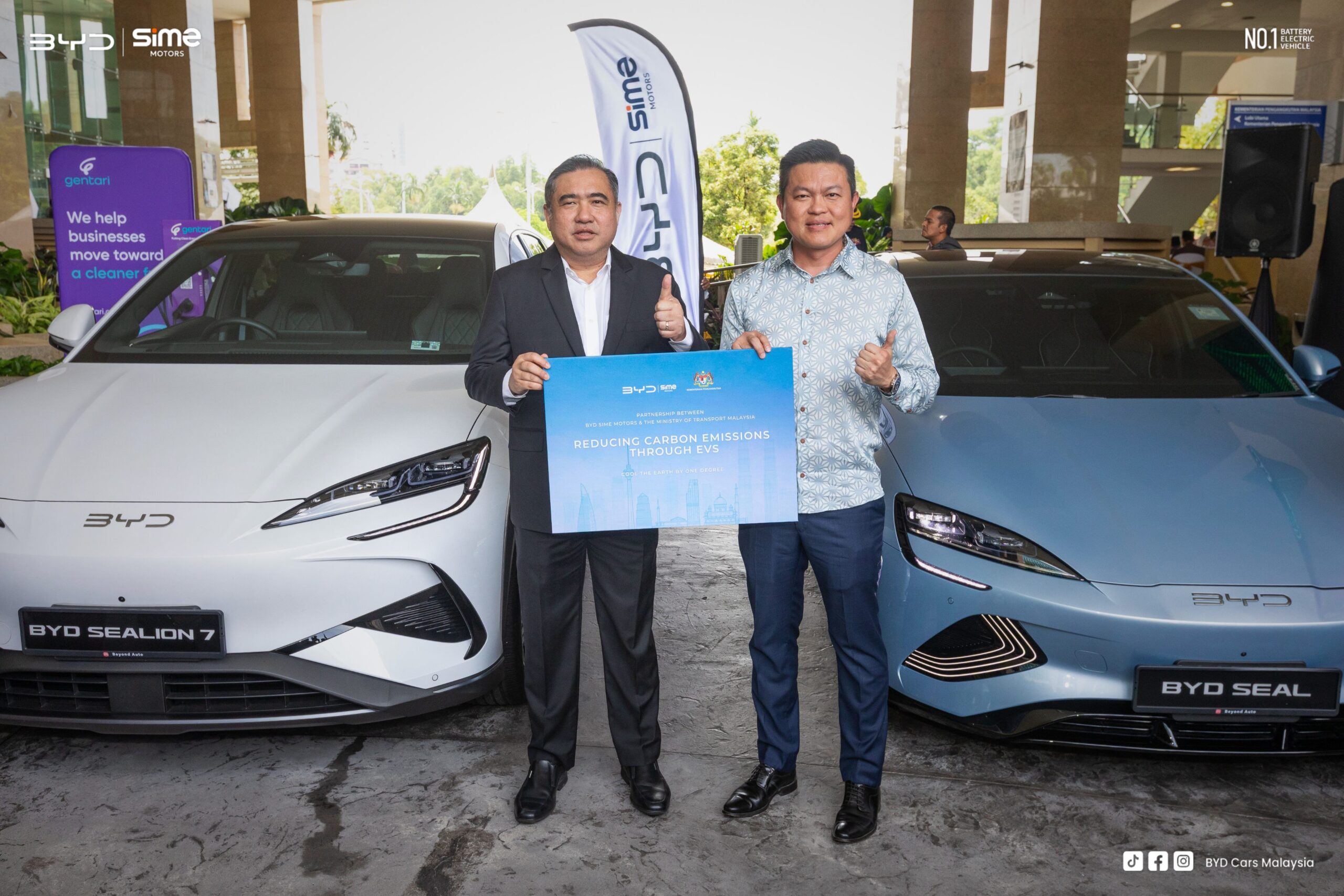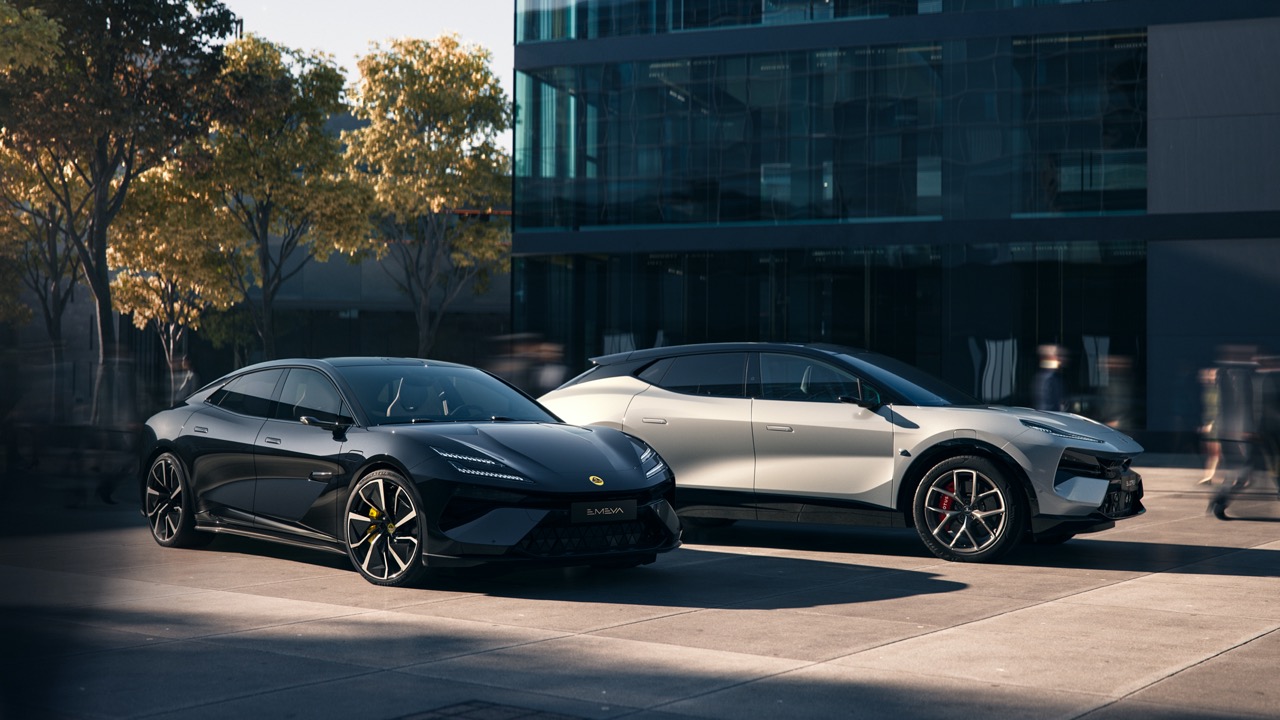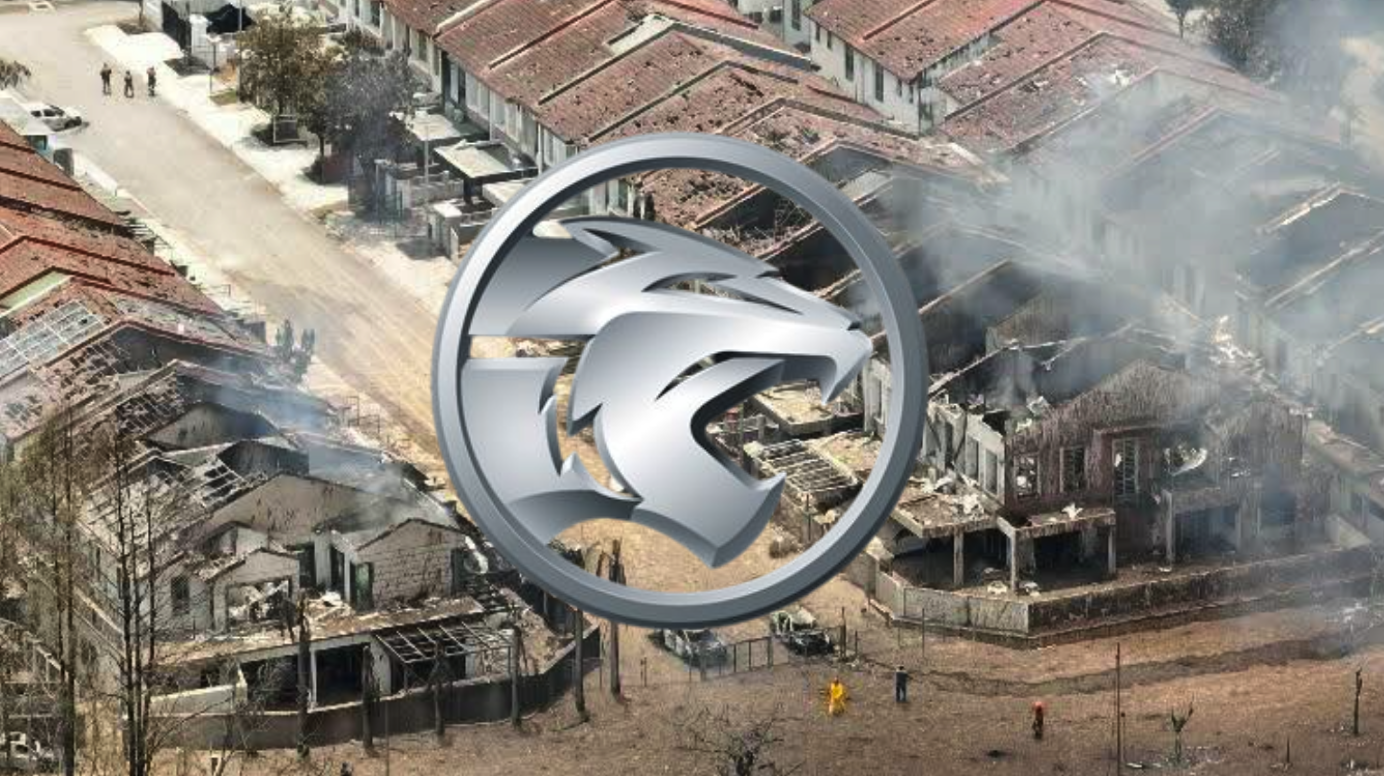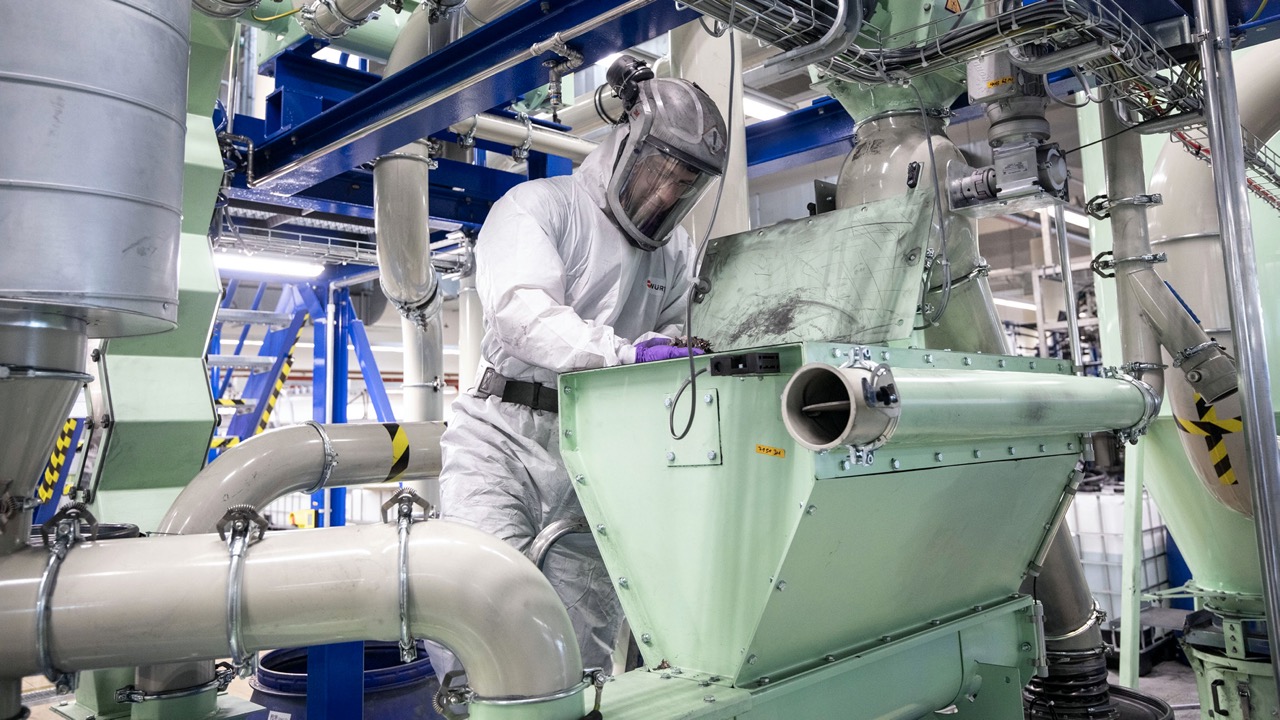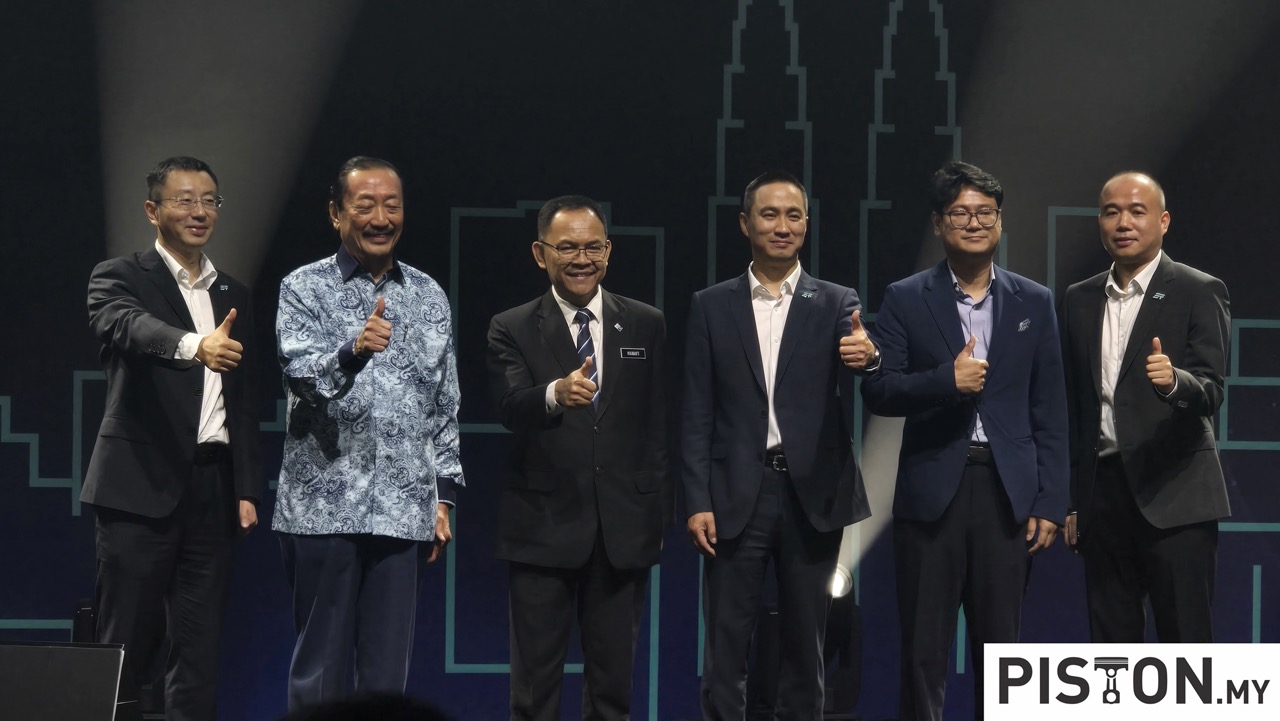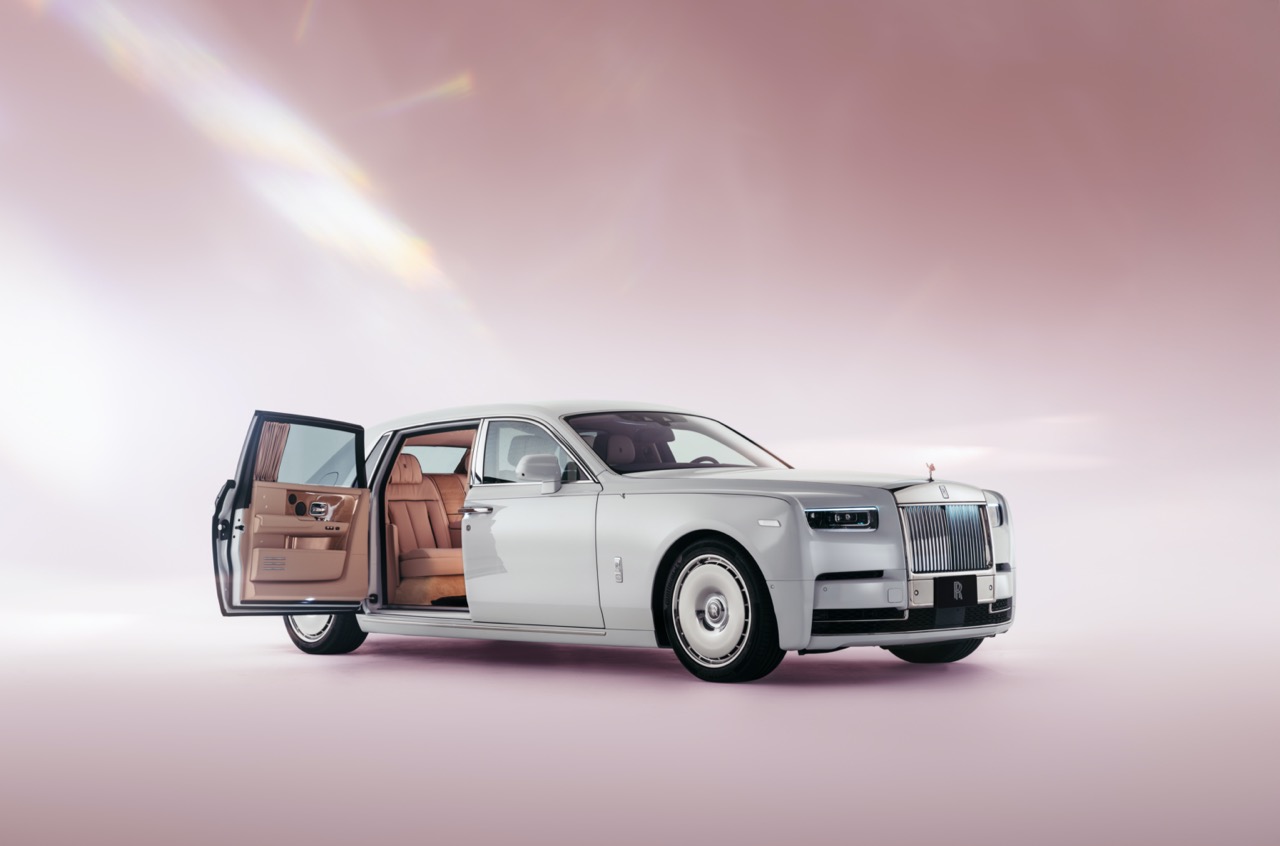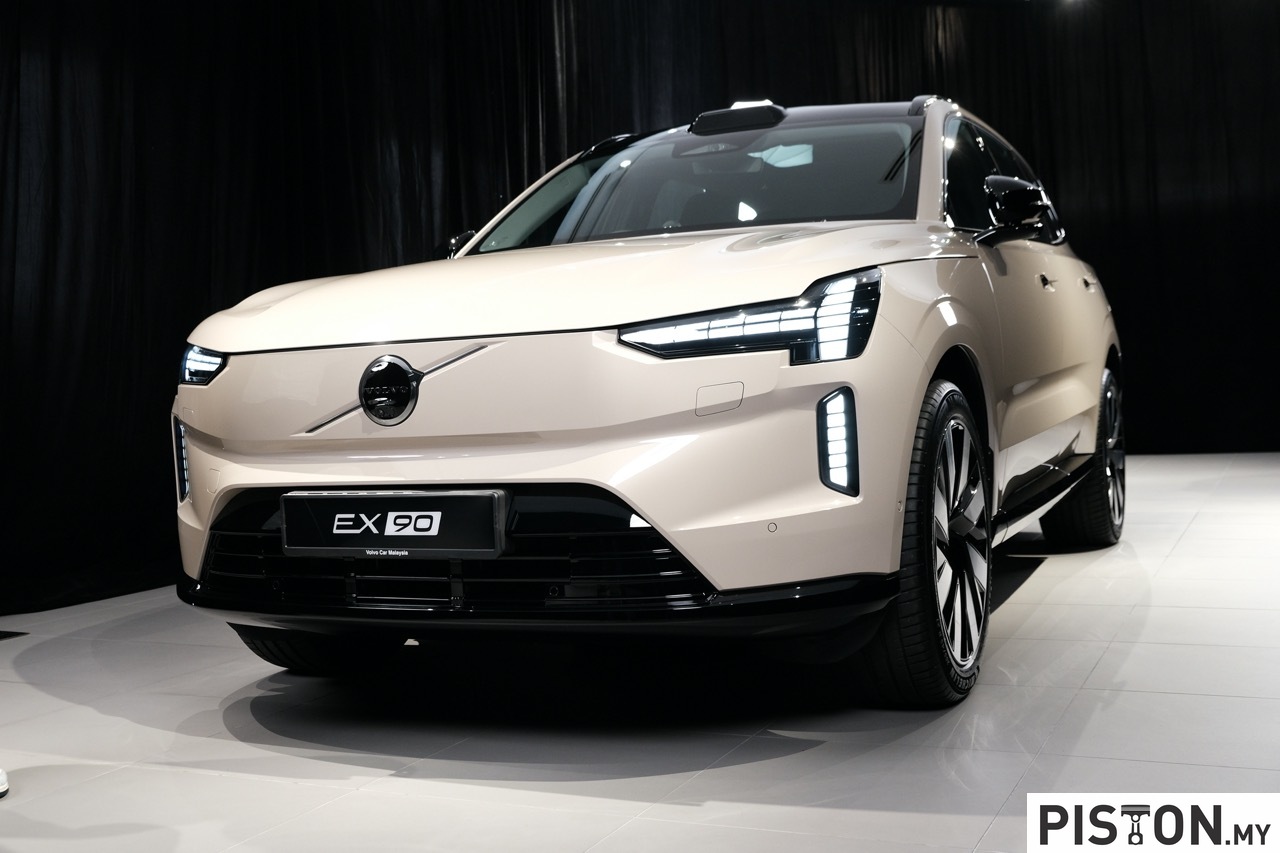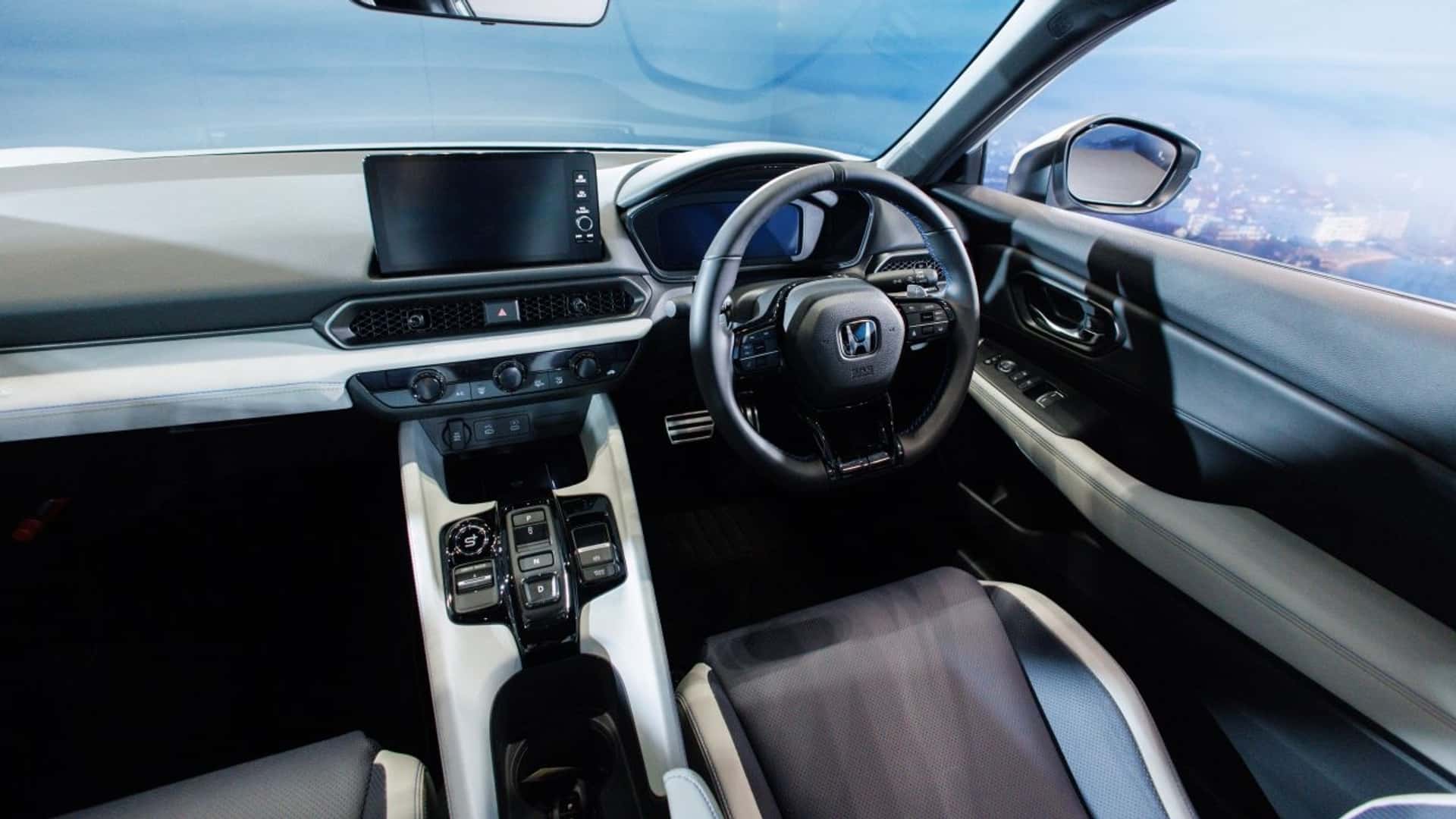Hyundai Sime Darby Motors has announced the new prices of its vehicles, set to take effect on 1st June 2018, when the GST is abolished. You can find the new prices in this downloadable document:
Hyundai New Price List with Zero-Rated GST (Hyundai Sime Darby Motors)
Savings of up to RM10,000 are to be had on the Starex soon, and up to RM6,500 on the Ioniq (below).
On the global front, Hyundai CRADLE, Hyundai Motor Company’s corporate venturing and open innovation business, has announced it is investing in the Metawave Corporation to build intelligent radars for autonomous vehicles. Metawave is revolutionizing radar sensing by leveraging adaptive metamaterials (conventional materials using engineered structures with unique electromagnetic properties not found in nature) and artificial intelligence (AI) to create smart radars. Hyundai is closely evaluating new technologies, such as Metawave’s high-performance radar capable of 3-D imaging, for future autonomous platforms.
“Next-generation radar technology can use advanced algorithms for object detection and classification,” said John Suh, vice president of Hyundai CRADLE. “A new radar system that can increase resolution and accuracy with an AI engine will be a disruptive technology.”
How it works…
Three sensors are the fundamental components of the perception system for self-driving cars today: camera, LiDAR and radar. The camera is the highest-resolution sensor but cannot see objects beyond 50 meters. LiDAR extends the range to about 150 meters, with a fairly high-resolution imaging capability. Both camera and LiDAR are affected by bad weather and dirty roads. Radar, by its nature, operates at a lower frequency and “sees” objects at long ranges faster and in all weather and driving conditions. Today’s radar cannot cover wide angles at long ranges and lacks the resolution to differentiate between objects.
It needs a large number of antennae and expensive chips to run the complex digital signals. This type of system takes time and energy, making it inefficient. Metawave’s advanced radar platform, WARLORD uses just one antenna and pushes the complexity of the analog space, using ultra-fast and precise responses. With WARLORD, the antenna itself shapes and steers the beam in all directions using pencil beams, deep learning engines and AI algorithms to recognize objects quickly and send 4-D point cloud to the sensor fusion.
“The investment by Hyundai represents another key company milestone and further proof of our rapid momentum as we bring WARLORD long-range radar with imaging and AI capabilities to autonomous vehicles,” said Metawave CEO Maha Achour, PhD. “With our talented team of mm-wave and metamaterial experts, we were the first to demonstrate Electronically Scanned Metamaterial Array for Autonomous Driving at 77GHz. This technology will be an enabling factor for Hyundai and other auto leaders who are striving to improve the vehicle experience.”
Hyundai Autonomous Vehicle Development…
In January, Hyundai Motor Company and Aurora, a leader in autonomous vehicle technology, announced a strategic partnership to bring self-driving Hyundai vehicles to market by 2021. This partnership will incorporate Aurora’s self-driving technology into Hyundai vehicles, starting with models custom-developed and launched in test programs and pilot cities.
In February, a fleet of Hyundai NEXO fuel cell electric SUVs successfully completed a self-driven 190-kilometer journey from Seoul to Pyeongchang. The NEXOs were equipped with level 4 self-driving technology, as defined by SAE international standards, and 5G network technology.
These NEXOs featured a number of advanced technologies that enabled them to recognize surrounding vehicles more accurately and make better judgments at junctions and at branching roads, navigate through toll gates by accurately calculating the toll gates’ width and position and precisely pinpoint the vehicle’s position on a map by using external sensors fitted for situations when the GPS signal was interrupted, such as going through long underground tunnels.
What is Metawave Technology?
Metawave is building next-generation wireless technology platforms to address major challenges facing the wireless sensing and communications industries operating at mm-wave frequencies. By using engineered metamaterial structures and AI algorithms, Metawave was able to simplify architectures and improve system performance while lowering cost to both providers and consumers using its electronically beamforming and steering WARLORD and SABER technologies. The company is initially focusing on delivering the WARLORD smart radar platforms for Advanced Driver Assistance Systems (ADAS) and autonomous driving. In parallel, Metawave is building the SABERTM (Smart Antenna for Beamforming Electromagnetic Radiation) smart antenna platforms for fixed wireless and the 5G cellular infrastructure to power dense point-to-point, point-to-multipoint and mesh configurations for backhaul and access networks.
The 5G market will benefit from Metawave’s SABER platform by reducing interference and increasing the reach of coverage of their base stations. Instead of the massive numbers of antennae and complex digital processing used in today’s 5G radios, SABER uses one antenna per transceiver port, which is able to focus the signal in narrow beams to extend the reach of base stations and service dense number of users with little interference.




